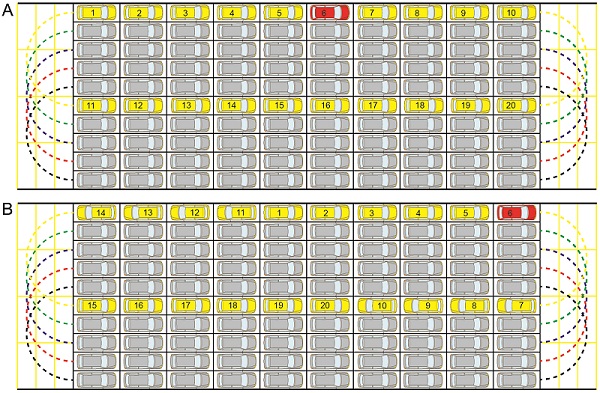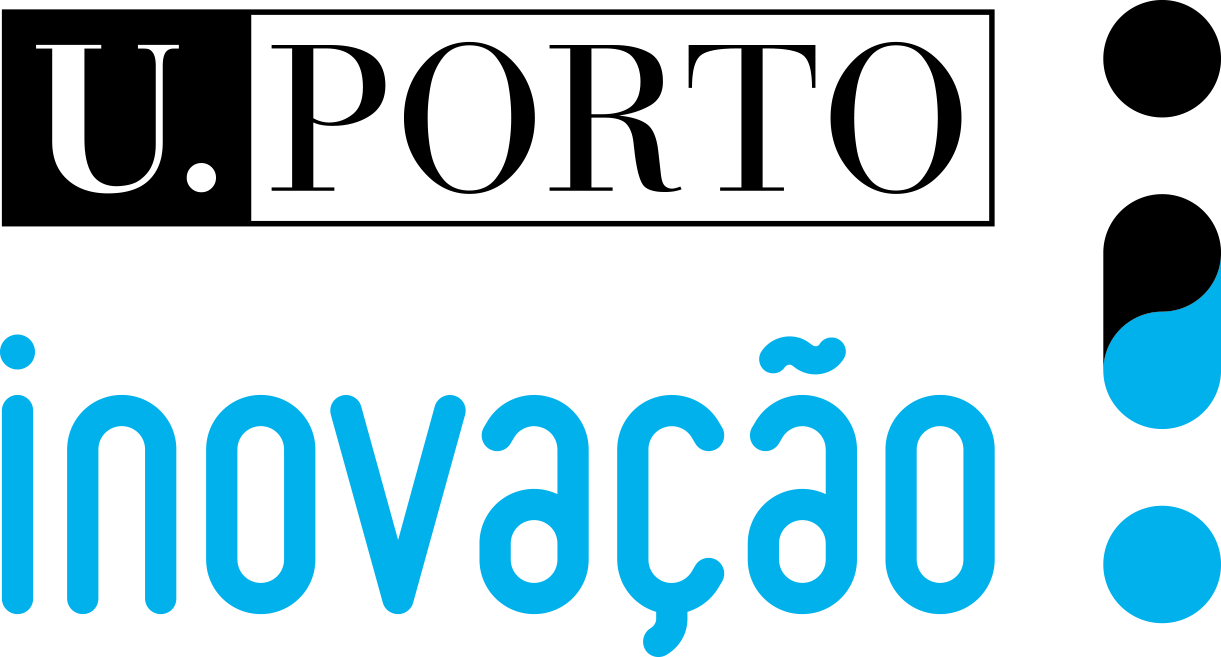
The present invention discloses a new approach for automatically managing parking of unmanned vehicles enabled by vehicular communication, (semi-) autonomous navigation and, optionally, electric propulsion technologies. The proposed system considers an efficient high-density parking configuration where the distance between vehicles is reduced to a minimum.
Parking is a fundamental element in urban mobility, which has important implications in traffic and on the urban landscape. For instance, one of the main causes for traffic congestion is the phenomenon of “cruising for parking” that causes severe economic losses and environmental impact. Besides, space within the urban area is often scarce and thus more expensive, which leads to higher parking costs. In order to counteract this trend several solutions to use more effectively parking space have been proposed. Automated robotic parking systems have been developed to cut space requirements by as much as 50%. However, those systems, which mechanically move the vehicles, are very expensive as well as complex in their operation and maintenance.
The self-automated parking system allows maximizing land space use by doubling the number vehicles that can be parked in a given area and to considerably reduce the time and distance passengers require for parking, which can lead to reduced costs for car owners and better efficiency and profitability for parking operators. This innovative concept can have profound impact in the conception and management of parking lots, and lead to improved urban mobility by reducing the cruising for parking phenomena.
This invention can be considered a better alternative to automated robotic parking lots with electric elevators, rolling and rotating platforms because the self-mobility of the (semi-)autonomous vehicles eliminates the use of mechanical devices, which considerably reduces capital and operational expenditure. The presented concept also allows vehicle manufacturers to offer a novel and distinguishing parking service to their customers.
The present invention may be incorporated into vehicles with vehicular networking and drive-by-wire capabilities, or into new/existing parking lot communication and computing infrastructure. Intended users and beneficiaries of this invention are parking lot owners/operators, vehicle manufacturers and automotive/electronic suppliers as well as car park owners and car owners/drivers.
A proteção dos direitos de propriedade industrial é cofinanciada por:






